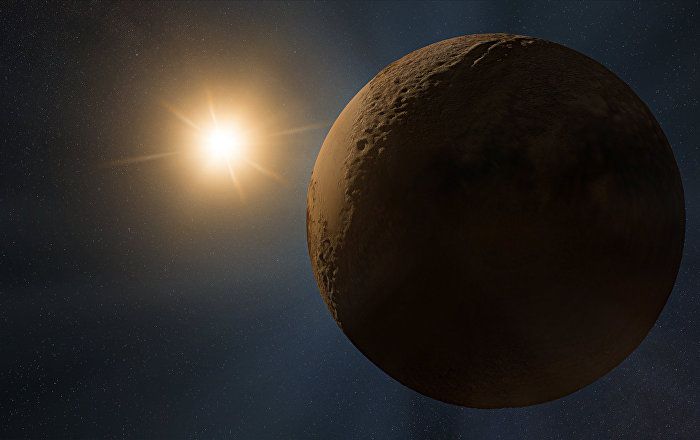The jagged geological ridges, found at the highest elevations located close to Pluto’s equator, soar hundreds of feet into the sky and are as high as some of the tallest skyscrapers on Earth.
According to an article in the latest issue of planetary science journal, Icarus, the colossal “ice-scrapers” observed on Pluto’s surface are vestiges from the last Ice Age that occurred on the dwarf planet millions of years ago.
Scientists believe that the “ice blades” are the result of solid methane evaporation that formed the towers of ice on the mountain peaks along Chile’s Chajnantor plain.





